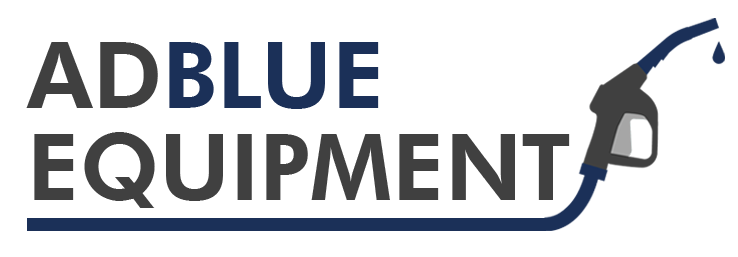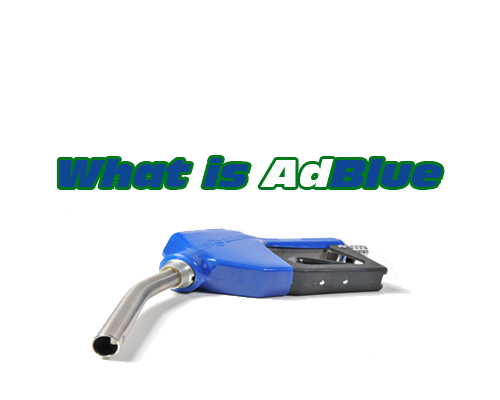AdBlue DEF explanation from Wikipedia, the free encyclopedia
AdBlue DEF – Diesel exhaust fluid
The German Association of the Automotive Industry (VDA) registered the trademark AdBlue for AUS 32.
Chemistry
Diesel engines can be run with a lean burn air-to-fuel ratio (overstoichiometric ratio), to ensure the full combustion of soot and to prevent the exhaust of unburnt fuel. Consequently the excess of air necessarily leads to generation of mono-nitrogen oxides (NOx), which are harmful pollutants, from the nitrogen in the air. Selective catalytic reduction is used to reduce the amount of NOx released into the atmosphere. Diesel exhaust fluid (DEF) from a separate tank is injected into the exhaust pipeline, where the aqueous urea vaporizes and decomposes to form ammonia and carbon dioxide. Within the SCR catalyst, the NOx are catalytically reduced by the ammonia (NH3) into water ( H2O) and nitrogen (N2), which are both harmless; and these are then released through the exhaust.
DEF is a 32.5% solution of urea, (NH2)2CO. When it is injected into the hot exhaust gas stream, the water evaporates. Then the urea thermally decomposes to form ammonia and isocyanic acid:
- (NH2)2CO → NH3 + HNCO
The isocyanic acid hydrolyses to carbon dioxide and ammonia:
- HNCO + H2O → CO2 + NH3
Overall, this is
- (NH2)2CO + H2O → 2 NH3 + CO2
From this point, ammonia, in the presence of oxygen and a catalyst, will reduce nitrogen oxides:
- 2 NO + 2 NH3 + 1⁄2 O2 → 2 N2 + 3 H2O and
- 3 NO2 + 4 NH3 → 3 1⁄2 N2 + 6 H2O
The overall reduction of NOx by urea is:
- 2 (NH2)2CO + 4 NO + O2 → 4 N2 + 4 H2O + 2 CO2 and
- 2 (NH2)2CO + 3 NO2 → 3 1⁄2 N2 + 4 H2O + 2 CO2
Storage
SCR systems are sensitive to potential chemical impurities in the urea solution, therefore the solvent is demineralized water. The urea solution is clear, non-toxic and safe to handle. However, it can corrode some metals and so must be stored and transported carefully.
DEF is stored in a tank on board the vehicle, and injected into the exhaust stream by a metering system. The injection rate depends on the specific after-treatment system, but is typically 2–6% of diesel consumption volume. However this low dosing rate ensures long fluid refill intervals and minimises the tank’s size. Also subsequent obtrusion into vehicle packaging space. An electronic control unit adjusts the addition of fluid in accordance with such parameters as engine operating temperature and speed.
Diesel exhaust fluid is offered to consumers through a variety of quantities by manufacturers ranging from containers of it for single or repeated small usage, up to bulk carriers for consumers that require a large amount of DEF. Consequently it is recommended that DEF be stored in a cool, dry, and well-ventilated area that is out of direct sunlight. As of 2013, a number of truck stops are beginning to add DEF pumps, in which diesel exhaust fluid is administered at pumps similarly to diesel, and often located adjacent to fuel pumps so that the vehicle operator can fill up on both without moving the truck.
See our selection of AdBlue storage tanks


